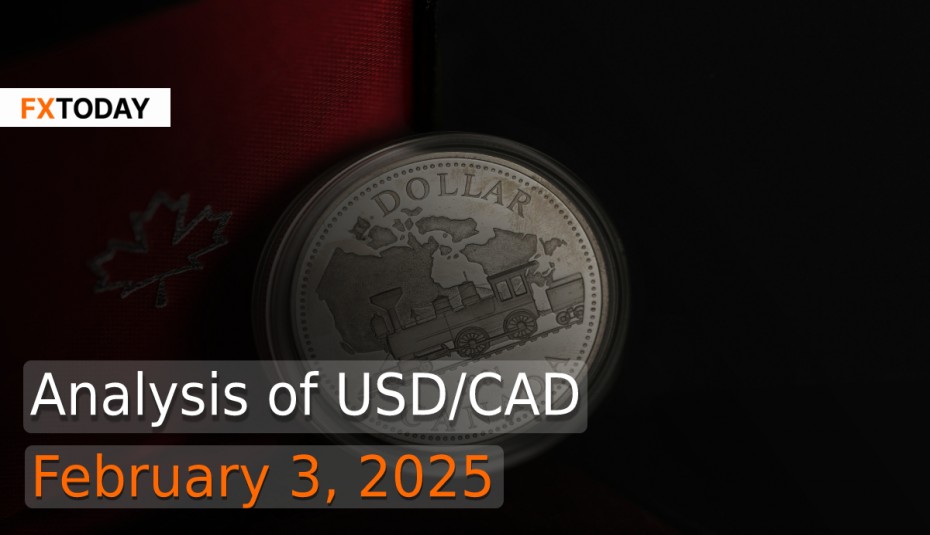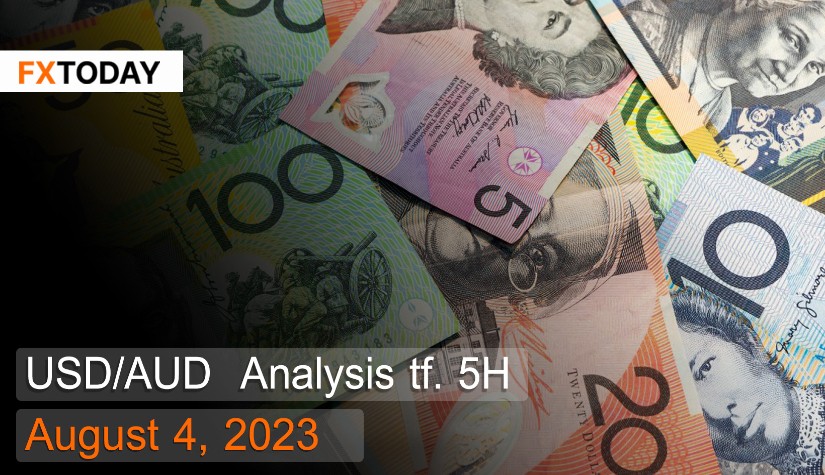Bank of Canada Cuts Rates Again as Growth Slows, U.S. Tariffs Threaten Economy
The Bank of Canada recently reduced its benchmark interest rate by 25 basis points to 3%, marking its sixth consecutive cut, in response to sluggish economic growth. The central bank also lowered its GDP growth forecast for 2025 and 2026, citing a decline in population due to immigration restrictions. Growth is now expected to reach 1.8% in both years, down from previous estimates of 2.1% and 2.3%, respectively. Inflation projections were revised slightly upward, with 2025 inflation expected at 2.3% and 2026 at 2.1%, reflecting factors such as higher oil prices and a weaker Canadian dollar. The bank remains concerned about the potential economic impact of U.S. tariffs and has warned that persistent inflation could force adjustments in monetary policy.
The economic outlook has been further clouded by U.S. President Donald Trump’s decision to impose a 25% tariff on Canadian imports, a move that could significantly disrupt trade, as 75% of Canada's exports go to the U.S. Governor Tiff Macklem cautioned that such tariffs could fuel inflation while simultaneously weakening economic activity, presenting a challenge for monetary policy. In a worst-case scenario where Canada and other nations retaliate with their own tariffs, Canadian GDP growth could decline by 2.5 percentage points in the first year and 1.5 percentage points in the second year. The Bank of Canada has acknowledged that it cannot effectively counter the inflationary impact of tariffs through monetary policy alone.
In response to the tariff threat, the Canadian government announced retaliatory measures, imposing duties on U.S. goods valued at $155 billion, including key exports such as vehicles, metals, and agricultural products. Additionally, a "remission process" will be introduced to provide tariff relief for businesses that cannot source products domestically or from alternative suppliers. Officials emphasized their commitment to protecting Canadian industries while seeking to maintain trade relations with the U.S.
Economic data further highlights the challenges facing Canada. The country’s GDP contracted by 0.2% in November, led by declines in the mining, oil extraction, and transportation sectors due to labor disruptions. Retail sales stagnated during the same period, though preliminary estimates suggest a rebound in December. Meanwhile, the federal budget deficit widened to C$22.72 billion in the first eight months of the fiscal year, driven by rising government expenditures and public debt charges. While some sectors, such as wholesale trade and manufacturing, showed modest gains, overall economic activity remains fragile.
Financial markets remain uncertain about the Bank of Canada’s next move. Traders currently assign a 43% probability to another rate cut at the bank’s next policy meeting in March. Analysts suggest that if U.S. tariffs are implemented, the central bank may adopt a more aggressive easing stance to counteract the economic downturn. However, the bank faces a difficult balancing act, as tariffs could simultaneously stoke inflation and weaken growth. With limited tools at its disposal, the central bank is focused on supporting economic adjustment while ensuring inflation does not become entrenched.
On Monday, the U.S. dollar surged, causing significant declines in the Canadian dollar. This movement followed U.S. President Donald Trump's decision to impose sweeping tariffs, effectively launching a trade war. Analysts noted that the rapid escalation of the dispute and the unexpectedly early implementation of tariffs—set for February 4—were unexpected developments that could lead to a sharp downturn in global trade.
Trump’s tariffs included a 25% duty on Canadian and Mexican imports and a 10% levy on Chinese goods, which he justified as necessary to combat illegal immigration and drug trafficking. Market experts warned that these measures could erode investor confidence sooner than anticipated. Many had expected trade tensions to unfold gradually over the course of 2025, following lengthy negotiations. The uncertainty surrounding tariffs led investors to scale back expectations of interest rate cuts by the Federal Reserve. Market strategists cautioned that if the tariff dispute escalates further, it could disrupt supply chains, slow economic growth, and lead to inflationary pressures.
Meanwhile, data released on Friday showed that U.S. inflation remained persistent, with the Personal Consumption Expenditures (PCE) Price Index rising 0.3% in December, reflecting strong consumer spending. Economic growth slowed slightly to an annualized 2.3% in the fourth quarter, down from 3.1% in the previous period, but resilient consumer demand suggested the Federal Reserve might hold off on further rate cuts.
The U.S. labor market remained robust despite some signs of slowing job growth. Unemployment claims fell to 207,000 last week, below economists’ expectations, indicating that layoffs remain low. However, surveys suggested that workers were becoming less optimistic about job prospects, as companies hesitated to expand hiring amid uncertainty over Trump’s economic policies, including tariffs, tax cuts, and stricter immigration enforcement.
The impact of Trump’s tariffs could extend beyond financial markets, particularly affecting food prices. Economists warned that levies on Canadian and Mexican imports would drive up costs for meat, fruits, and vegetables, exacerbating inflation in essential goods. Food industry experts described the tariffs as a hidden "food tax" that could strain household budgets. The White House insisted that tariffs would not lead to higher prices, but industry analysts remained skeptical, citing potential disruptions in supply chains.
Looking ahead, investors will closely monitor upcoming labor market data, including the January jobs report. Economists expect job growth to slow, with 154,000 jobs added in January, down from 256,000 in December. The unemployment rate is projected to remain at 4.1%, while wage growth is expected to hold steady. These figures will be crucial in determining the Federal Reserve’s future monetary policy direction. With inflation still above target and a strong labor market, the Fed has signaled that it is in no rush to cut interest rates further.
Data for Technical Analysis (1D) CFD USD/CAD
Resistance : 1.4740, 1.4751, 1.4768
Support : 1.4706, 1.4695, 1.4678
1D Outlook
Source: TradingView
Buy/Long 1 If the support at the price range 1.4656 - 1.4706 is touched, but the support at 1.4706 cannot be broken, the TP may be set around 1.4740 and the SL around 1.4631, or up to the risk appetite.
Buy/Long 2 If the resistance can be broken at the price range of 1.4740 - 1.4790, TP may be set around 1.4794 and SL around 1.4681, or up to the risk appetite.
Sell/Short 1 If the resistance at the price range 1.4740 - 1.4790 is touched, but the resistance 1.4740 cannot be broken, the TP may be set around 1.4695 and the SL around 1.4815, or up to the risk appetite.
Sell/Short 2 If the support can be broken at the price range of 1.4656 - 1.4706, TP may be set around 1.4646 and SL around 1.4765, or up to the risk appetite.
Pivot Points Feb 3, 2025 05:54AM GMT
|
Name
|
S3
|
S2
|
S1
|
Pivot Points
|
R1
|
R2
|
R3
|
|---|---|---|---|---|---|---|---|
| Classic | 1.465 | 1.4678 | 1.4695 | 1.4723 | 1.474 | 1.4768 | 1.4785 |
| Fibonacci | 1.4678 | 1.4695 | 1.4706 | 1.4723 | 1.474 | 1.4751 | 1.4768 |
| Camarilla | 1.4701 | 1.4705 | 1.4709 | 1.4723 | 1.4717 | 1.4721 | 1.4725 |
| Woodie's | 1.4646 | 1.4676 | 1.4691 | 1.4721 | 1.4736 | 1.4766 | 1.4781 |
| DeMark's | - | - | 1.4687 | 1.4719 | 1.4732 | - | - |
Sources: Investing 1, Investing 2
















